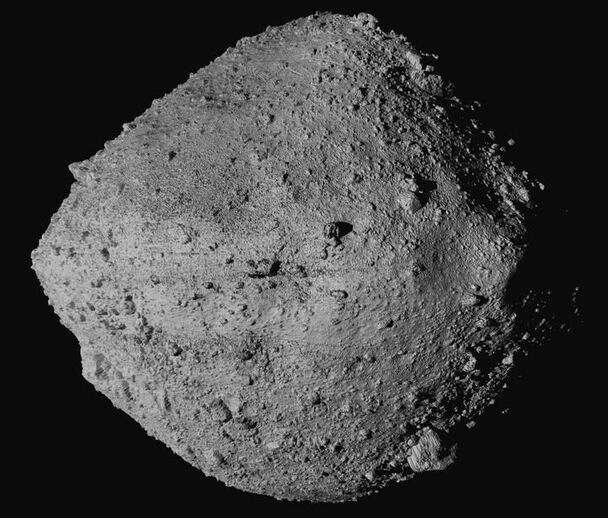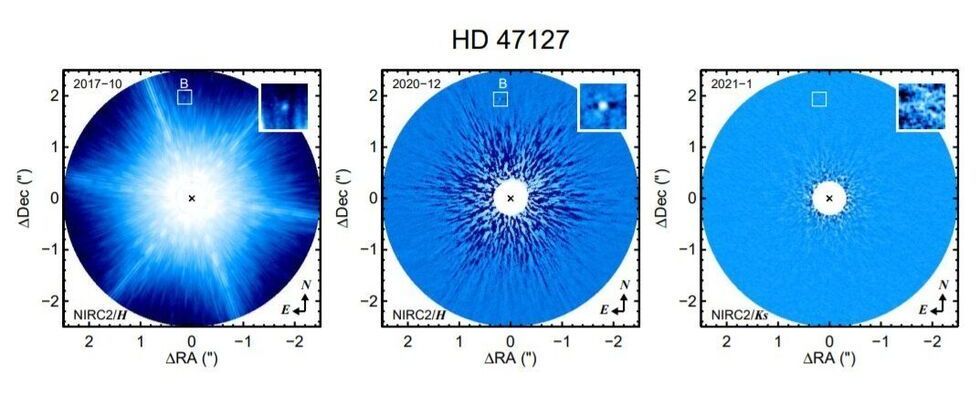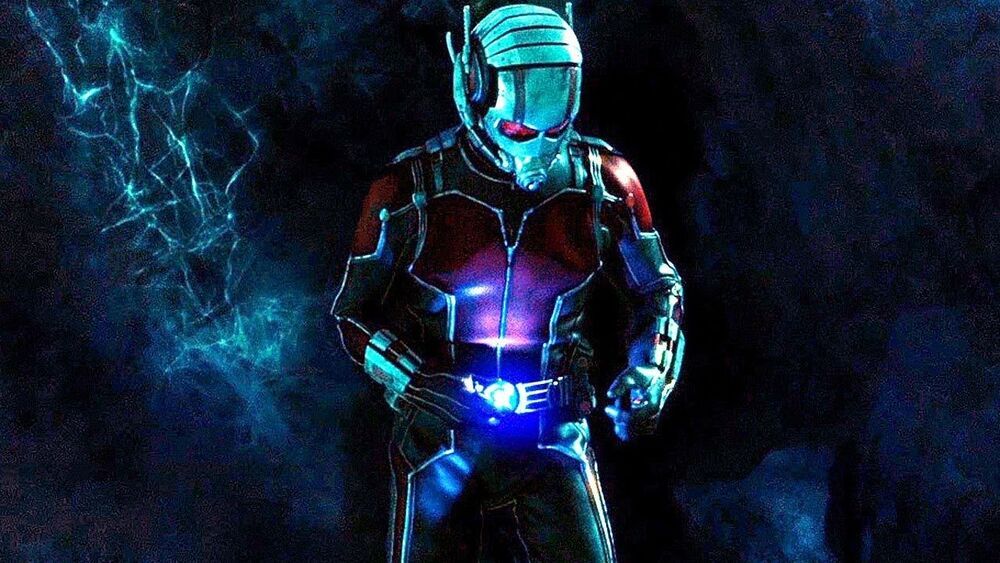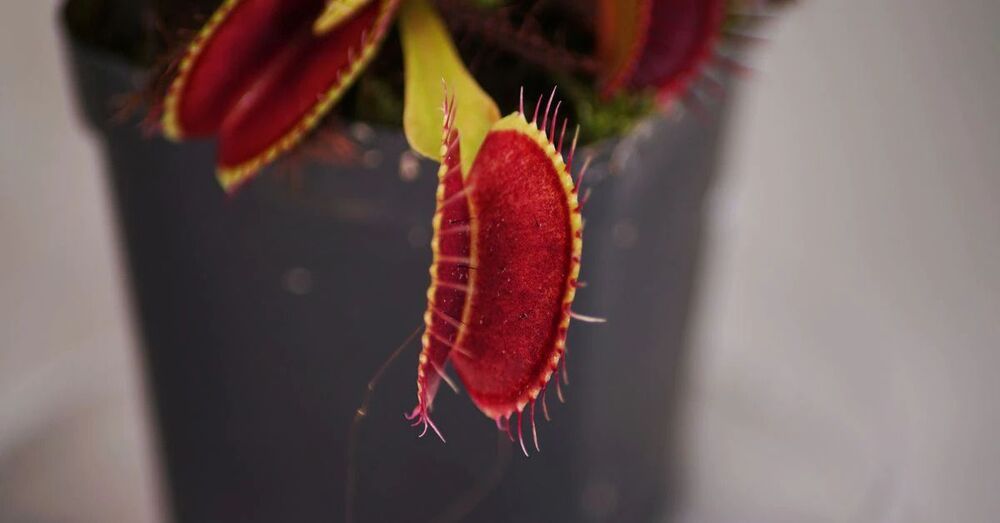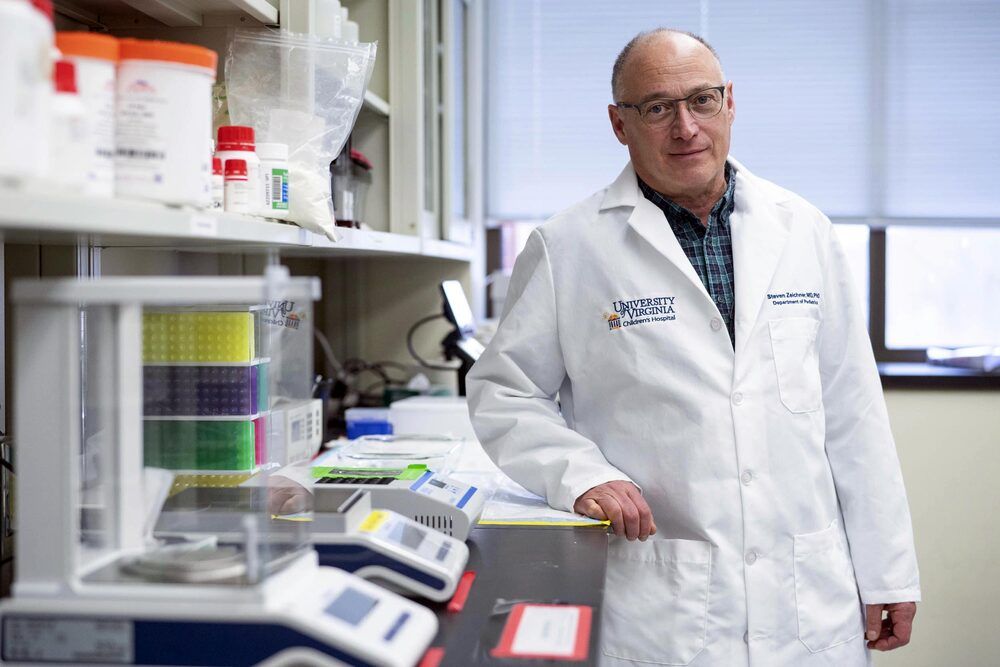After nearly five years in space, a NASA spacecraft is nearing the end of its historic mission, beginning its journey home to Earth with a plethora of asteroid samples.
NASA’s Origins, Spectral Interpretation, Resource Identification, Security, Regolith Explorer (OSIRIS-REx) spacecraft began its journey back to Earth on Monday — a trip that’s expected to take around two-and-a-half years. It’s returning from the near-Earth asteroid Bennu, and it marks NASA’s first-ever asteroid sample return mission.
The spacecraft is only about 200 million miles away, but it will have to circle the sun twice to catch up to Earth — making the journey a total of 1.4 billion miles.
